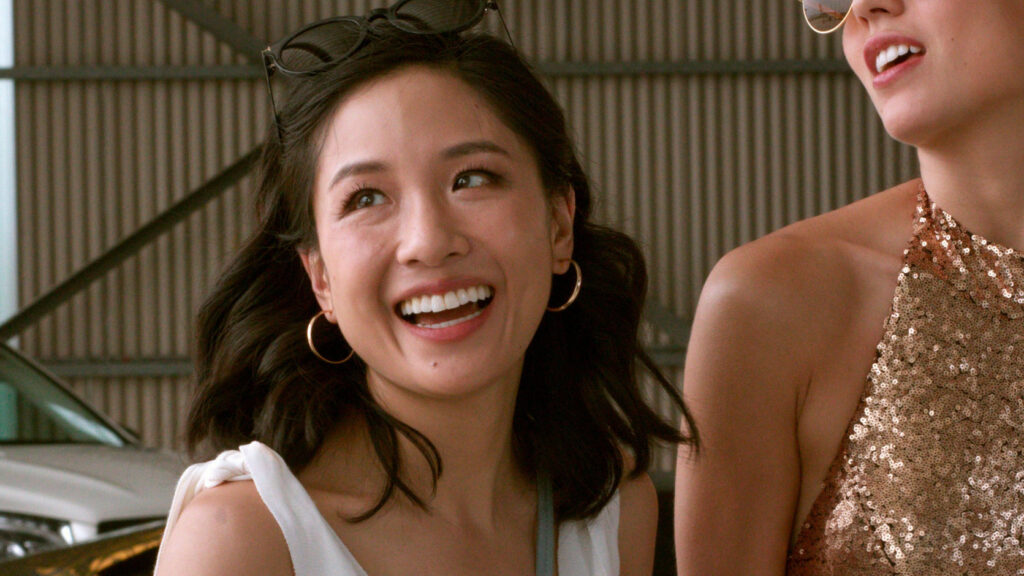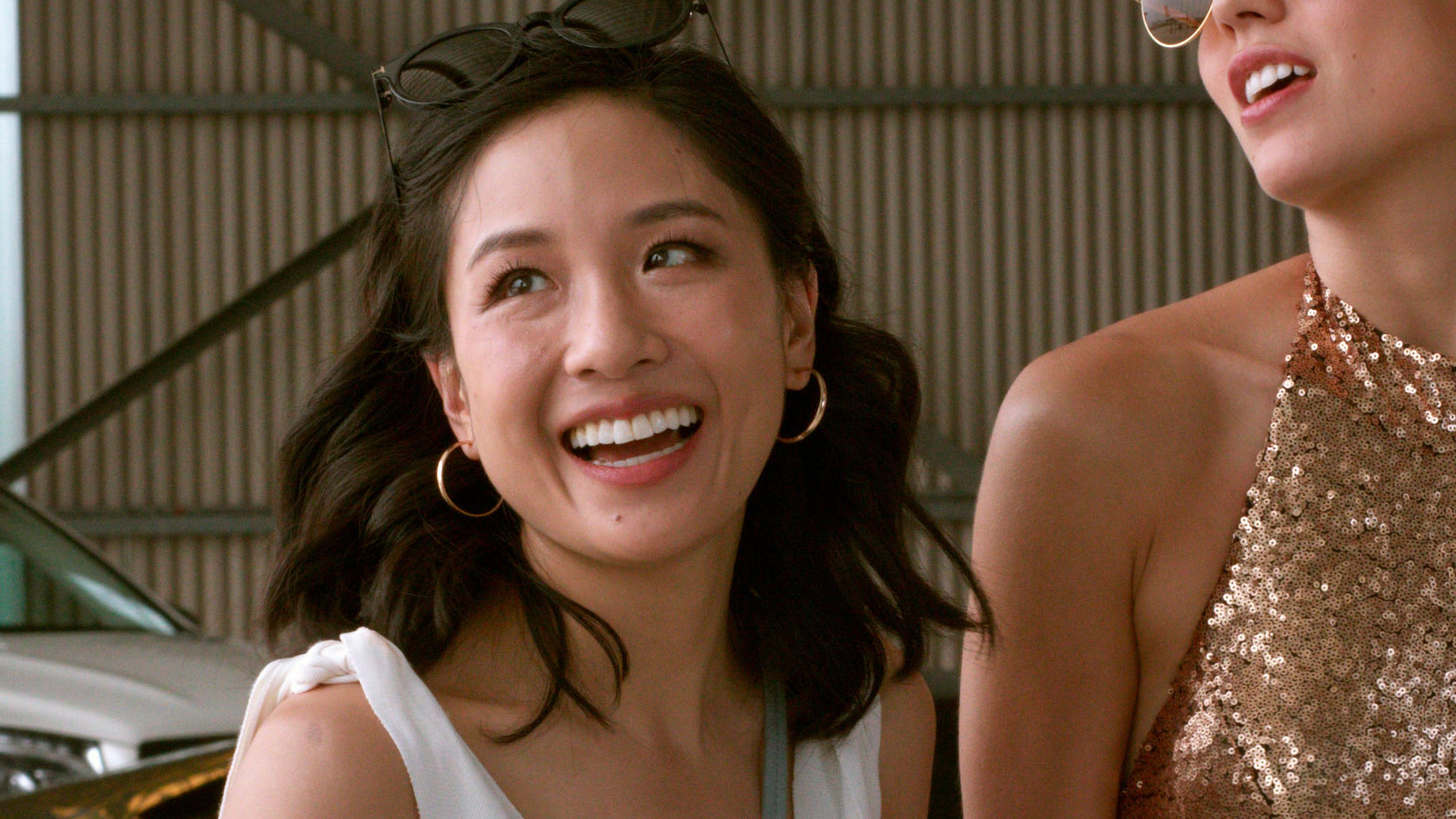
## Sexy Asains: Understanding Attraction, Culture, and Representation
Understanding attraction is a complex and multifaceted topic, often shaped by personal preferences, cultural influences, and societal norms. The term “sexy asains,” while frequently used in online searches, requires a nuanced exploration that respects cultural sensitivities and avoids harmful stereotypes. This article aims to delve into the complexities of attraction to Asian individuals, explore the impact of media representation, and foster a respectful understanding of diverse cultures and beauty standards.
This comprehensive guide will provide a detailed exploration of the topic, offering insights into the cultural factors that influence perceptions of attractiveness, the role of media in shaping these perceptions, and the importance of promoting respectful and accurate representation. You’ll gain a deeper understanding of the nuances involved and learn how to approach this topic with sensitivity and awareness. We aim to provide a balanced perspective, acknowledging the complexities and avoiding harmful generalizations. We will also explore the concept of hypersexualization and its impact on Asian communities.
### SEO Title Options:
1. Sexy Asains: Attraction, Culture & Respect
2. Understanding Sexy Asains: A Cultural Guide
3. Sexy Asains: Exploring Attraction & Representation
4. The Allure of Sexy Asains: A Deep Dive
5. Sexy Asains: Beauty, Culture, and Stereotypes
### Meta Description:
Explore the complexities of attraction to Asian individuals. This guide examines cultural influences, media representation, and respectful understanding. Learn more now!
## Deep Dive into Attraction and Asian Identity
Defining attraction is inherently subjective. What one person finds attractive, another may not. However, patterns emerge across cultures and societies regarding beauty standards. In the context of Asian individuals, it’s crucial to understand the historical and cultural factors that have shaped these perceptions.
Attraction to Asian individuals is as diverse as the Asian continent itself, encompassing a wide range of ethnicities, cultures, and physical features. From East Asia to Southeast Asia to South Asia, each region boasts unique characteristics and beauty ideals. Generalizations about “Asian beauty” are inherently flawed and can perpetuate harmful stereotypes. It’s crucial to appreciate the diversity within Asian communities.
The concept of “sexy” itself is culturally constructed. What is considered attractive in one culture may not be in another. For example, in some Asian cultures, fair skin is highly valued, while in others, a more tanned complexion is preferred. These preferences are often rooted in historical and socio-economic factors. Over time, beauty ideals evolve. The popularity of K-pop and other Asian cultural exports has influenced global perceptions of beauty, introducing new trends and aesthetics.
Understanding the nuances of attraction within the context of Asian cultures requires a critical examination of historical representations and societal biases. It’s important to move beyond superficial generalizations and appreciate the richness and diversity of Asian beauty.
## Media Representation and Its Impact
Media plays a significant role in shaping our perceptions of attractiveness. The portrayal of Asian individuals in film, television, and advertising can have a profound impact on how they are viewed and treated in society. Unfortunately, Asian characters have often been subjected to stereotyping and misrepresentation.
Historically, Asian women have been hypersexualized in Western media, often portrayed as submissive and exotic objects of desire. These portrayals not only reinforce harmful stereotypes but also contribute to the objectification and dehumanization of Asian women. Asian men, on the other hand, have often been desexualized or portrayed as nerdy and unattractive. These stereotypes can have a detrimental impact on their self-esteem and social interactions.
In recent years, there has been a growing movement to challenge these stereotypes and promote more accurate and diverse representations of Asian individuals in media. Films like “Crazy Rich Asians” and television shows like “Kim’s Convenience” have helped to break down stereotypes and showcase the diversity of Asian experiences. However, there is still much work to be done to ensure that Asian individuals are represented in a fair and respectful manner.
The rise of Asian influencers and content creators has also played a significant role in challenging stereotypes and promoting positive representations of Asian identity. These individuals are using their platforms to share their stories, celebrate their culture, and challenge harmful stereotypes. Their work is helping to create a more inclusive and equitable media landscape.
## Addressing Hypersexualization
Hypersexualization is the act of portraying someone as excessively sexual or focusing primarily on their sexual attributes. Asian women have been disproportionately affected by hypersexualization in Western media, often depicted as exotic, submissive, and primarily valued for their physical appearance. This harmful stereotype has deep historical roots, tracing back to colonial-era depictions and orientalist fantasies.
The consequences of hypersexualization are far-reaching. It can lead to objectification, dehumanization, and increased vulnerability to sexual harassment and violence. It also perpetuates unrealistic beauty standards and can contribute to feelings of inadequacy and low self-esteem among Asian women. Furthermore, it can create a distorted perception of Asian culture, reducing its richness and complexity to a set of sexualized stereotypes.
Challenging hypersexualization requires a multi-pronged approach. It involves raising awareness about the harmful effects of these stereotypes, promoting more diverse and nuanced representations of Asian women in media, and empowering Asian women to reclaim their narratives and define their own identities. It also requires holding media outlets accountable for perpetuating harmful stereotypes and demanding more responsible and ethical portrayals.
## Promoting Respectful Representation
The key to fostering a respectful understanding of attraction to Asian individuals lies in promoting accurate and diverse representations in media and challenging harmful stereotypes. This requires a conscious effort to move beyond superficial generalizations and appreciate the richness and complexity of Asian cultures and identities.
Media creators have a responsibility to portray Asian individuals in a fair and respectful manner, avoiding harmful stereotypes and showcasing the diversity of Asian experiences. This includes representing Asian individuals in a variety of roles, not just as exotic objects of desire or nerdy sidekicks. It also means telling stories that reflect the complexities of Asian identity and challenge the dominant narratives.
Individuals can also play a role in promoting respectful representation by supporting media that features diverse and accurate portrayals of Asian individuals, challenging stereotypes when they encounter them, and educating themselves about Asian cultures and histories. By working together, we can create a more inclusive and equitable society where Asian individuals are valued and respected for who they are.
## The Role of Cultural Exchange
Cultural exchange programs and initiatives can play a vital role in fostering understanding and appreciation between different cultures. By providing opportunities for people from different backgrounds to interact and learn from each other, these programs can help to break down stereotypes and promote empathy and respect.
Cultural exchange programs can take many forms, including student exchange programs, artist residencies, and community-based initiatives. These programs can provide opportunities for people to learn about different cultures, experience new perspectives, and build meaningful relationships. By fostering cross-cultural understanding, these programs can help to create a more peaceful and interconnected world.
## Building Bridges Through Dialogue
Open and honest dialogue is essential for addressing the complexities of attraction and cultural representation. By engaging in respectful conversations about these issues, we can learn from each other, challenge our own biases, and work towards a more inclusive and equitable society.
Dialogue can take many forms, including online forums, community meetings, and academic conferences. The key is to create a safe and welcoming space where people feel comfortable sharing their perspectives and experiences. By listening to each other and engaging in respectful debate, we can gain a deeper understanding of the complexities of these issues and work towards solutions that benefit everyone.
## Q&A Section
Here are some frequently asked questions about attraction and Asian identity:
1. **Is it okay to have a preference for Asian individuals?** Having personal preferences is natural, but it’s important to examine the reasons behind those preferences. Ensure they are not rooted in harmful stereotypes or objectification.
2. **How can I avoid objectifying Asian individuals?** Treat every person as an individual with unique qualities and interests. Avoid making assumptions based on their ethnicity or appearance.
3. **What are some common stereotypes about Asian individuals?** Common stereotypes include the submissive Asian woman, the nerdy Asian man, and the model minority myth. Be aware of these stereotypes and challenge them when you encounter them.
4. **How can I be a better ally to the Asian community?** Educate yourself about Asian cultures and histories, support Asian-owned businesses, and speak out against discrimination and prejudice.
5. **What is cultural appropriation, and why is it harmful?** Cultural appropriation is the adoption of elements of a minority culture by members of the dominant culture. It can be harmful when it trivializes or misrepresents the culture being appropriated.
6. **How can I promote diversity and inclusion in my workplace?** Advocate for inclusive hiring practices, create a welcoming environment for employees from diverse backgrounds, and provide opportunities for cultural awareness training.
7. **What are some resources for learning more about Asian cultures?** There are many resources available online and in libraries. Look for books, documentaries, and websites created by Asian individuals and organizations.
8. **How can I challenge stereotypes in media?** Support media that features diverse and accurate portrayals of Asian individuals. Write to media outlets that perpetuate harmful stereotypes and demand more responsible representation.
9. **What is the importance of representation in media?** Representation in media is crucial for creating a more inclusive and equitable society. When people see themselves reflected in media, it can boost their self-esteem and sense of belonging.
10. **How can I teach my children about diversity and inclusion?** Start early by exposing your children to diverse cultures and perspectives. Teach them to respect differences and to stand up against prejudice and discrimination.
## Conclusion
Understanding attraction is a complex and evolving process, influenced by personal preferences, cultural norms, and media representations. When considering the topic of “sexy asains,” it’s crucial to approach it with sensitivity, respect, and a critical awareness of the historical and cultural factors that have shaped perceptions of Asian individuals. By challenging stereotypes, promoting accurate representations, and engaging in open dialogue, we can foster a more inclusive and equitable society where everyone is valued and respected for who they are. Remember that attraction is subjective and diverse, and generalizations about entire groups of people are inherently flawed.
We encourage you to continue exploring this topic, to challenge your own biases, and to promote understanding and respect in your interactions with others. Share your thoughts and experiences in the comments below, and let’s continue this important conversation.

